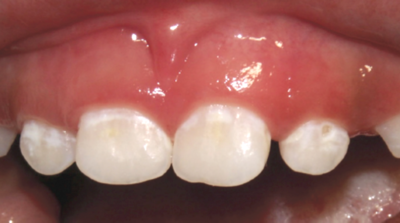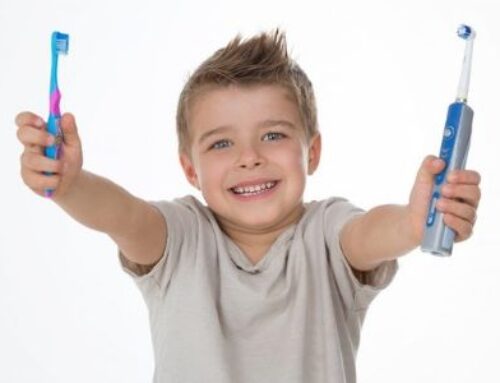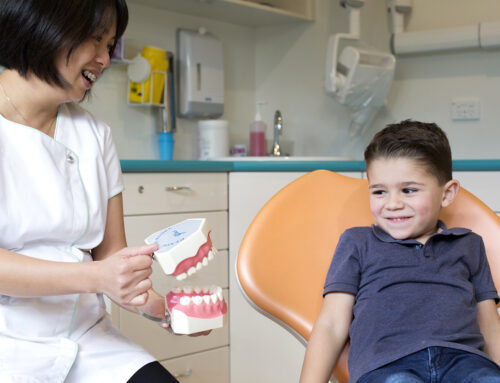We’re often asked by parents “Is it OK to put my baby to bed with a bottle?”
Whilst this can be calming to an overtired or distressed child, the bacteria in the mouth thrive on the sugar that is found in liquids such as milk, formula and juice. Couple that with the decreased flow in saliva when sleeping and we increase our chances of tooth decay in the baby teeth.
“But they’re just baby teeth”
Although baby teeth are temporary they are incredibly important for chewing, speaking and smiling. They also contribute to forming the structure of the mouth as they assist in the placement of adult teeth. If baby teeth are lost too early as a result of decay, it could result in speech problems and crooked or damaged adult teeth. The front baby teeth usually shed around the ages 5-8, and the back baby molars shed closer to 10-12 years of age, therefore if we lost our second baby molars at the age of 4 due to decay, that is 8 years of having no teeth in these areas!
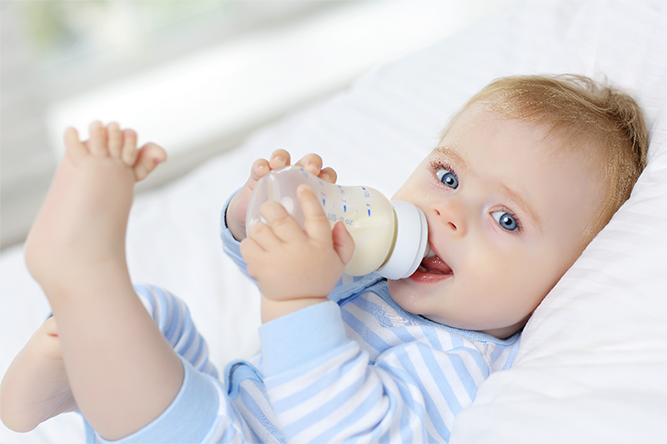
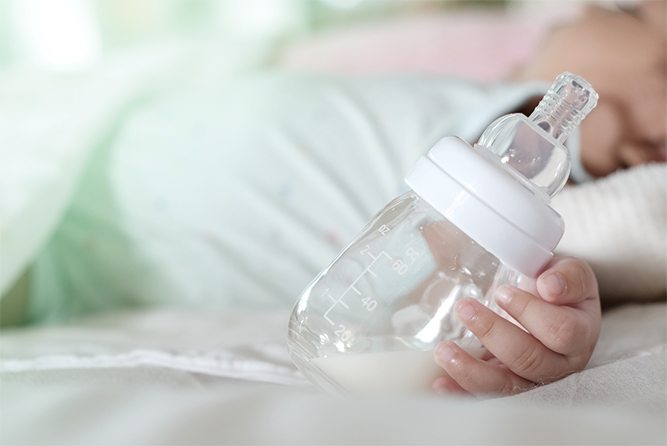
The verdict!
We encourage our families to not to put their children to bed with a bottle to improve their oral health and give them the best chance of having great teeth. Going to sleep with a bottle significantly increases the risk of early childhood caries (dental decay).
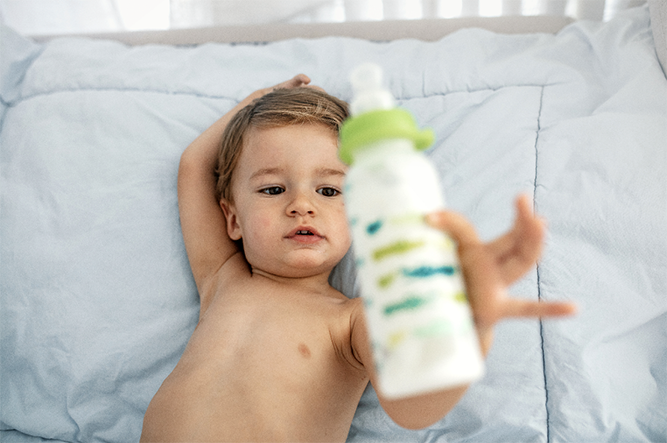
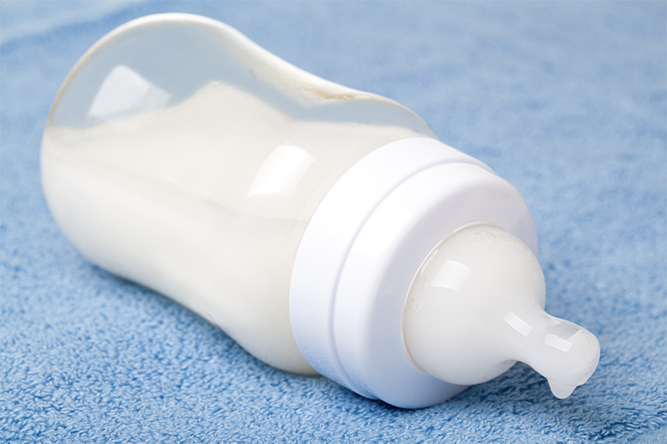

OUR TOP TIPS FOR BOTTLE IN BED USE:
1. You can try to wean having milk to bed from a bottle by diluting it over a two week period until it is just water. Give your child undiluted milk in a cup only and make sure you’re brushing the teeth afterwards if heading to bed.
2. Talk about giving up the bottle at night time openly to help prepare your child.
3. If your child is ready to transition to a sippy cup, let them choose it themselves to make it fun and exciting.
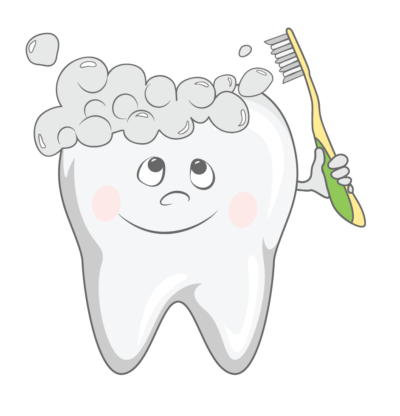
OUR FREQUENTLY ASKED QUESTIONS!

USEFUL DENTAL RESOURCES AND FURTHER READING
Check out some of our other blogs on foods to avoid, creating good brushing habits and breaking the dummy or thumbsucking habit.
Thanks to our wonderful Oral Health Therapist, Carlee.
She works at both the Essendon clinics.
If you would like to talk to her or any of our amazing team, about this or any other questions you may have, please contact us on 03 9372 8960.

